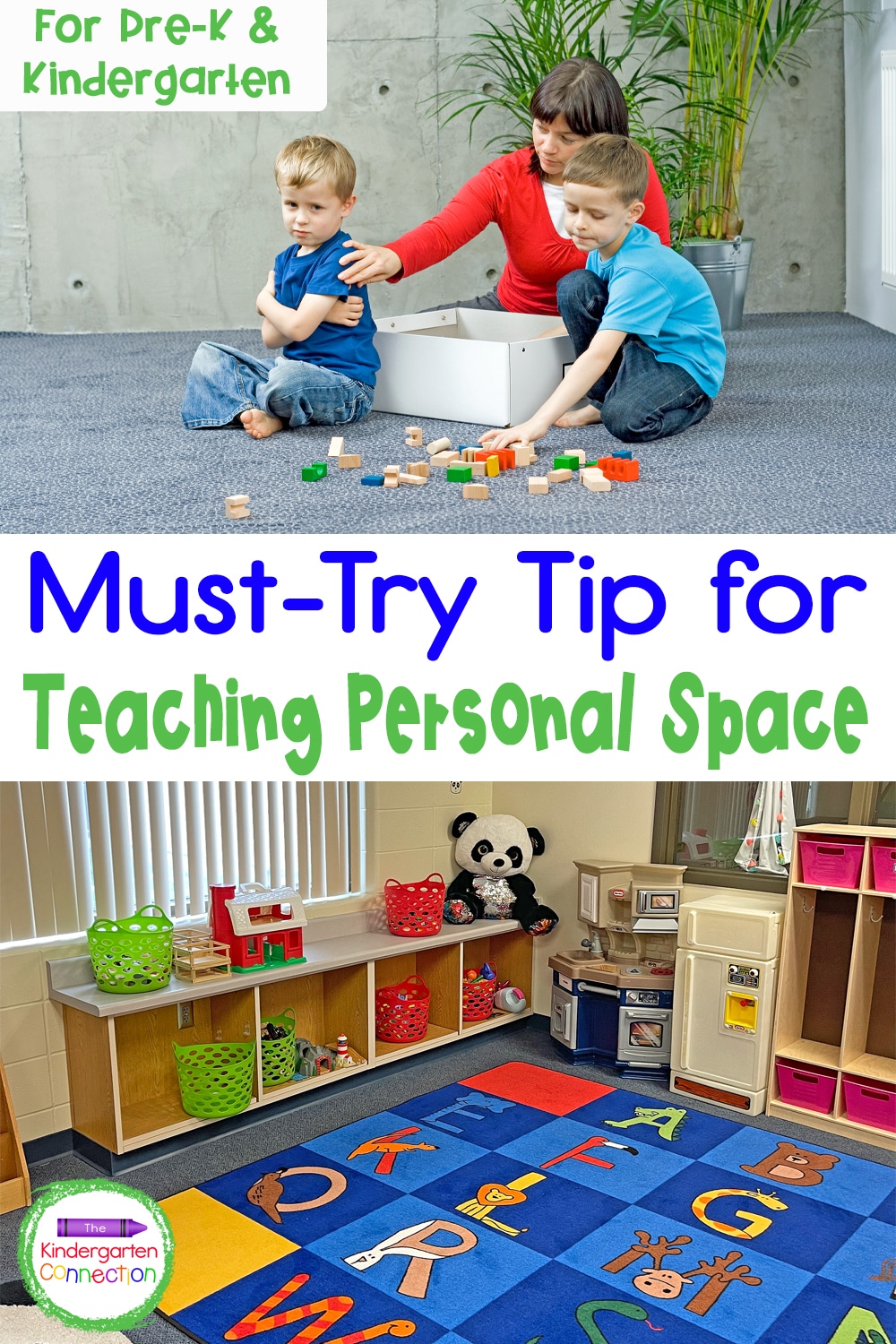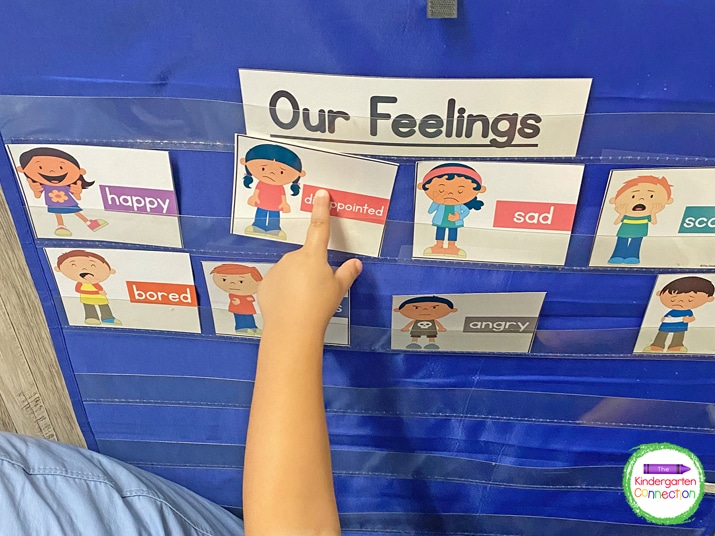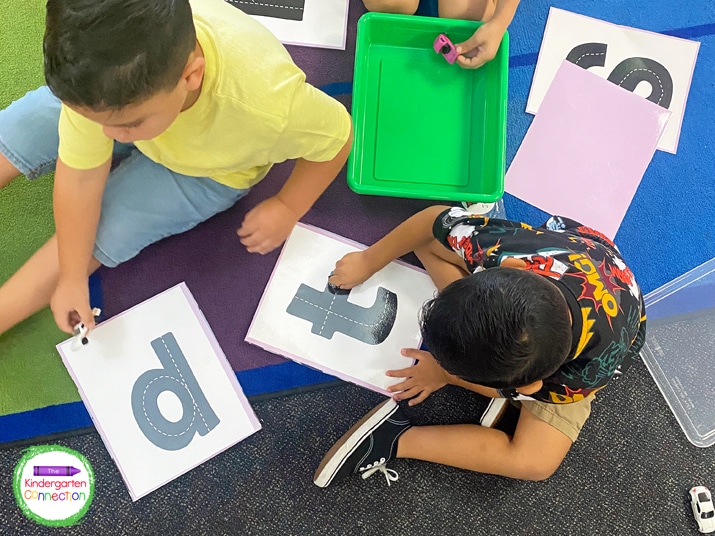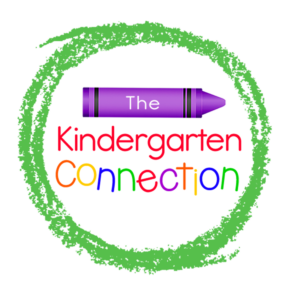Who knew until they began teaching how often they would need to tell their students to keep their hands to themselves? I am tempted some days to have a recording on repeat – “Please keep your hands to yourself,” “Do not touch your neighbor,” “Can’t we all just get along?” It can be challenging and exhausting. If you are in the same situation and looking for help, check out this “must-try” tip for teaching personal space in Pre-K & Kindergarten!
*For more strategies for how to create a positive AND playful learning environment in your classroom, be sure to join us in P.L.A.Y. (Playful Learning All Year)!

So much of being an early childhood educator is teaching social skills, including respecting personal space. When teaching this skill, it is important to remember that while practicing with students how to respect others’ space, it’s equally important to practice how to act and speak in THEIR OWN space.
Sometimes we are so focused on getting the kids to understand what others are feeling, we forget to teach them how to identify their own feelings. This can often lead to more work down the road when a student can’t advocate for themselves.

When respecting personal space is an issue in my classroom, I begin by teaching students to say STOP in their “big voice.” Don’t get me wrong, I am not teaching my students to shout at each other. I am simply asking them to use a firm, strong tone when they say, “STOP.”
For students that are not as talkative or shyer, you can teach them to use their hand to sign “Stop.” You can also teach visual cues that they can use.

I practice this strategy with my whole class AND also practice what to do if someone tells YOU to stop. No matter how small the situation may seem, I teach the kids to always stop when someone says so.
But what do I do if a student doesn’t stop?
Sometimes no matter how much time you spend teaching personal space, there will still be a student who will have a problem and continue touching other students. Depending on how you handle behavior and discipline in your classroom, you will have to decide how you will handle the situation.
The important part is that whatever you decide, you follow through on the plan.

As teachers, we play an important part in helping our students develop important social skills. Our jobs are not easy but when we see the progress throughout the school year, it is SO worth it!
(even if you “aren’t allowed to play”)
If you’re wanting to incorporate playful learning, free-flowing centers, effective routines, and more in your Pre-K or Kindergarten classroom, then you’ll definitely want to join us in P.L.A.Y. (Playful Learning All Year)!
This course is a deep dive into practical ways that you can create a playful learning environment in your classroom. Be sure to request an invitation so you’re the first to hear when the virtual doors open!
